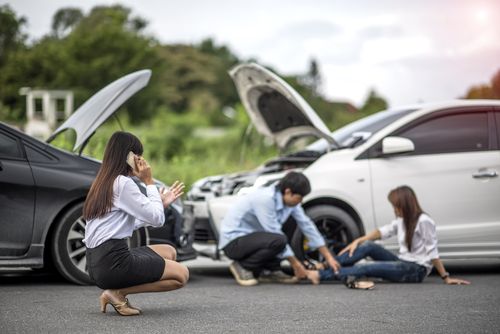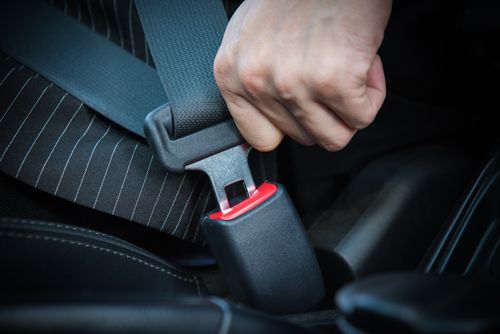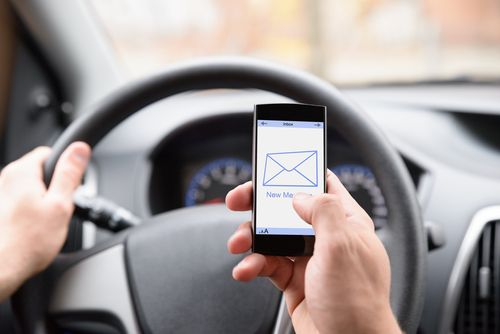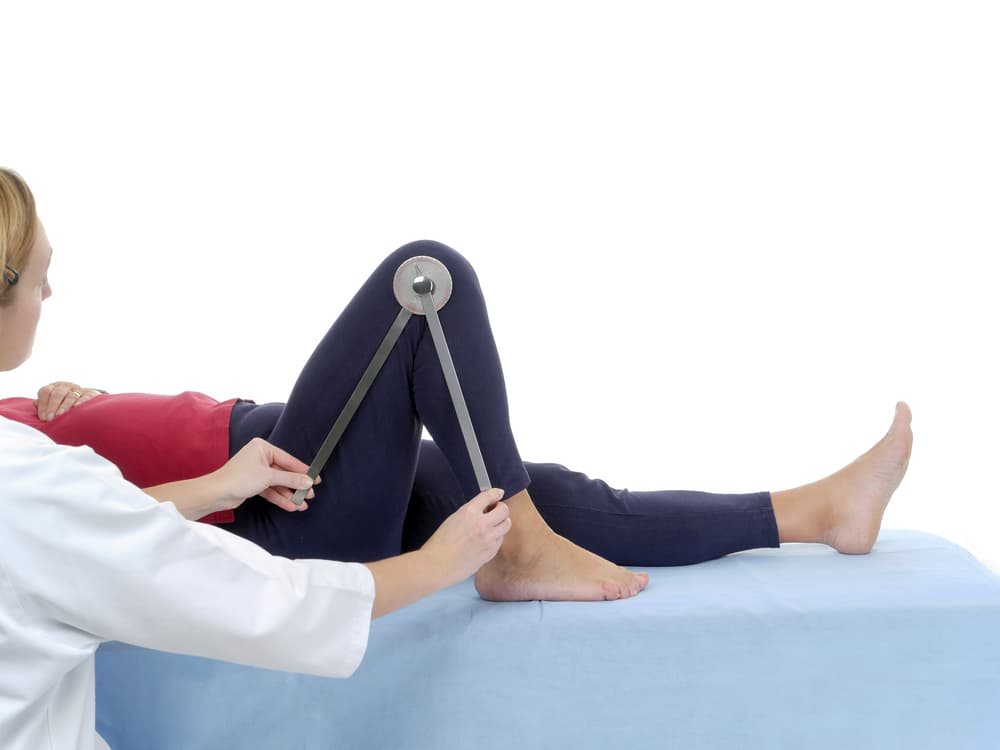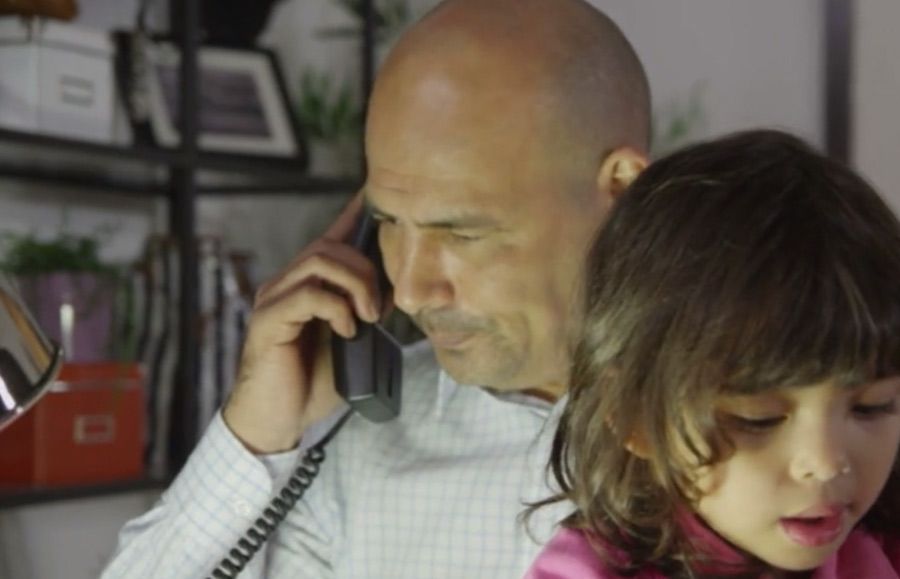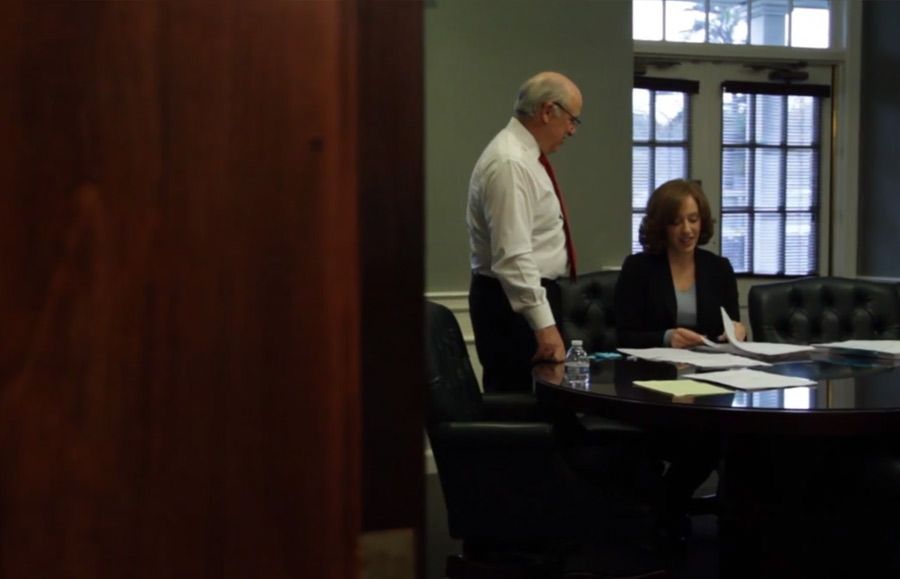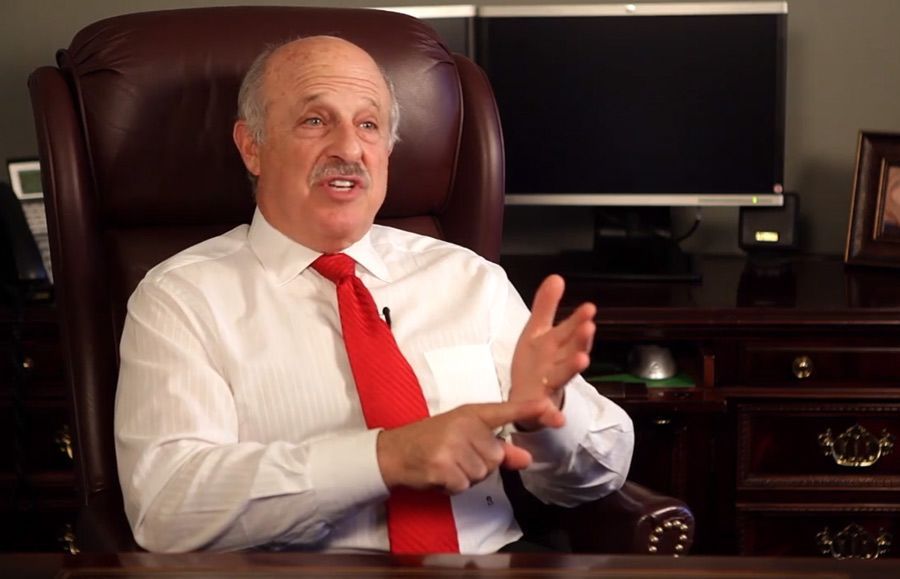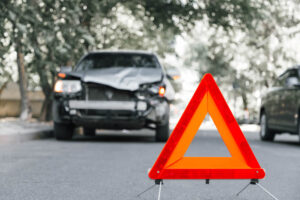
Knowing how to handle a hit and run accident with an uninsured motorist makes it easier to take the necessary steps after this type of collision. Hit and run accidents are often complex cases, so contacting an attorney about your options is an ideal first step. Most personal injury law firms provide free initial consultations for crash victims. During this meeting, a motorcycle accident lawyer can assess your case, explain the applicable laws, and determine the best way to move forward.
Working with an experienced and knowledgeable legal team lets you focus on your treatment and healing from your injuries while they take care of the rest. Most of the time, a hit and run crash or a collision caused by an uninsured motorist requires an uninsured motorist insurance claim for the injured victim to recover compensation. These cases tend to work the same way unless you know the identity of the driver who left the crash scene.
Overview of Hit and Run Accidents
A hit and run collision is when one driver leaves the scene before the police arrive, making it difficult to investigate what happened, file an insurance claim, or take other steps to recover fault-based compensation. This is especially true when the police cannot identify the driver who fled.
One common reason why a driver might leave the crash scene is that they are uninsured. Each state has its own laws for mandatory auto insurance coverage.
When a driver fails to carry the necessary policy or coverage, they could face:
- Fines
- Suspension of their driver’s license
- Increased insurance costs
- Jail time for repeat offenders
These penalties are in addition to any traffic tickets or civil liability they face because of the collision. As you can imagine, all this could be enough to make some drivers want to race away from a crash scene to avoid getting into trouble.
Reasons a Hit and Run Driver Might Leave the Scene
Other reasons why drivers might leave the crash scene after a collision include:
- They do not have a valid driver’s license
- They are an undocumented immigrant
- They have been drinking or using drugs
- They have a warrant for their arrest
- They are already in trouble for another issue
- They are not where others believe they are
- They are scared to speak to the police
None of these are valid reasons to leave a crash scene, especially when other people are injured. However, people are very good at rationalizing their own bad behavior. They might believe that leaving the scene is the best option for them.
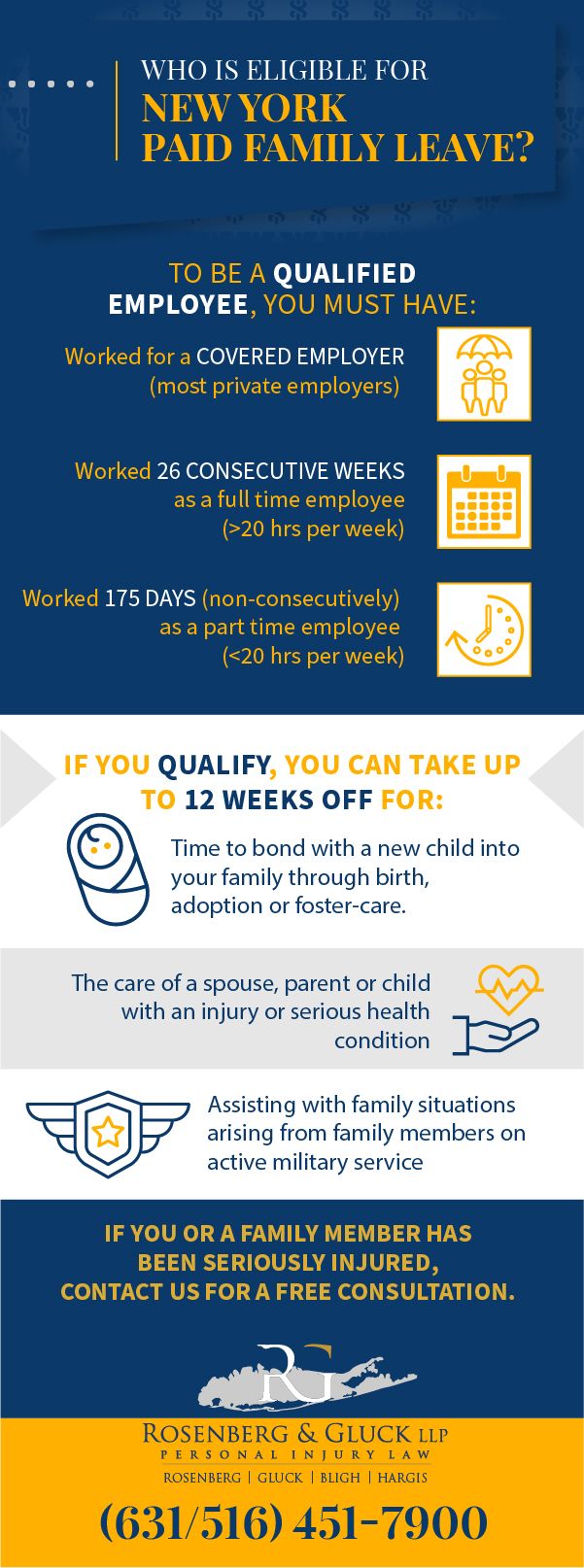
Locating a Hit and Run Driver
After a collision, the police are often able to locate the hit and run driver in question.
This could occur because:
- The crash is caught on video
- An eyewitness gets their tag number
- The victim identifies them
- They take their car to a shop for repairs
- The police investigation identifies the car and/or driver
Sometimes, an insurance company or attorney identifies the at-fault driver. When this happens, they turn the information over to the police so they can pursue a criminal case for leaving the crash scene.
However, identifying the hit and run driver does not always change how your attorney will pursue compensation in your case. If the hit and run driver is uninsured, you still do not have the option of filing a claim with their insurance company and seeking fair compensation through negotiations.
What Are My Options for Compensation After a Hit and Run Crash?
Most car collision cases rely on fault-based insurance claims or lawsuits to recover compensation. This approach requires showing that the other driver caused the crash and is, therefore, legally liable for the victim’s expenses and losses. The purpose is to hold the careless or reckless driver accountable, recover compensation, and get justice.
However, this scenario is difficult or impossible after a hit and run crash. If you do not know the identity of the at-fault driver, you have no options for filing an auto liability claim or lawsuit. If you identify the driver but they are uninsured, this also limits your options. So, what happens next?
No-Fault Auto Insurance Claims
Some states require drivers to purchase no-fault auto insurance, which is also called a personal injury protection (PIP) policy. These policies provide basic coverage after a crash, giving injured motorists a quick and easy way to recover compensation for their basic expenses and losses.
These generally include:
- Medical bills
- A portion of their lost income
- Other related expenses, such as mileage for doctor visits
While PIP coverage can help a lot in minor collisions where the victim has bumps and scrapes, there is usually a lot of money left on the table when compared to a fault-based claim. Each state has its own rules about stepping outside of the no-fault claims system and building a fault-based claim instead.
If you live in a state with no-fault insurance and you suffered only minor injuries, your PIP coverage might provide a good option. Your attorney can offer advice and guide you through the process.
Keep in mind: one major downside of filing a no-fault claim is that these policies do not pay for pain and suffering damages. Pain and suffering often comprises a significant portion of the total payout in a car accident case.
Uninsured Motorist Coverage
The best option for compensation after a hit and run crash is often your uninsured motorist coverage.
Different states make this coverage:
- Mandatory
- Included unless you opt-out in writing
- Optional
- Unavailable
Depending on the laws in your state, this policy may pay your expenses and losses after a hit and run or crash caused by an uninsured motorist, including pain and suffering. Typically, New York requires uninsured motorist coverage to match the limits of your auto coverage unless you opt out in writing.
Uninsured motorist coverage is a fault-based policy, but you file the claim with your own insurer.
You will still need to show the other driver caused the crash and carefully document your recoverable damages. However, your attorney can negotiate with your insurer to seek compensation on your behalf.
Other Fault-Based Options
Sometimes the hit and run driver has the necessary insurance coverage, and the case moves forward like in a typical crash claim. Your attorney demands fair compensation and negotiates with the insurance company on your behalf.
You could also sue in civil court, regardless of whether the hit and run driver has insurance. However, it’s much more difficult to recover a court award if there is no evidence that the at-fault driver has insurance or significant assets. Your attorney can develop an approach for your case that ensures they fight for your best interests.
What Damages Are Available From My Uninsured Motorist Policy?
The damages available after a hit and run collision depend greatly on your approach to seeking and recovering compensation. For example, your uninsured motorist policy should cover the same expenses and losses as an auto liability claim, up to the policy maximum.
Your expenses and losses could include:
- Current and future medical bills
- Ongoing care and support for lasting injuries
- Lost income from any sources
- Reduced earning capacity for permanent injuries
- Miscellaneous expenses with receipts
- Pain and suffering damages
- Wrongful death damages if the victim passes away
In a no-fault claim, your financial recovery has strict limits.
These policies only cover basic expenses and losses, such as:
- Medical bills
- A portion of income losses
- Miscellaneous expenses, including parking and travel expenses for doctor visits
A personal injury lawsuit might pursue damages beyond the limits of an insurance policy. However, securing this compensation is not always practical in a hit and run case, especially if the driver is an uninsured motorist.
How Can an Attorney Help Me Navigate My Claim?
Hit and run collision attorneys know how to build a case and pursue compensation. They also understand what works best for securing the money their client needs and deserves, although it might differ significantly from how they would handle a typical crash case.
Still, proving negligence and liability is often necessary. Accomplishing this requires investigating what happened, gathering evidence, and learning to present your story in a compelling way. If we can convince the insurance adjusters that they would not win in a lawsuit, they may agree to a fair settlement to avoid paying more later.
Gathering Evidence That Supports Your Case
The available evidence in your hit and run case could include:
- Official reports filed by responding officers
- Evidence gathered by police at the scene
- Eyewitness statements
- Photos and videos
- Collision reconstruction
- A crash scene survey
- Physical evidence, such as damage to the vehicle
- Relevant medical records
- Expert testimony
- Documentation of damages, including bills, receipts, and other paperwork
Even if you choose to file an uninsured motorist claim, your attorney will need to show the other driver caused your crash and injuries. This is true whether you do not know the identity of the driver, or you do know but they are an uninsured motorist.
Providing You With a Strong Legal Advocate
Because these cases still involve negotiating for a fair settlement with an insurer, you should have someone on your side who’s devoted to protecting your rights. Insurance adjusters do not work for victims—they work for the company and strive to protect the company’s bottom line, making it difficult to get a fair settlement without strong evidence.
Victims of hit and runs often depend on their attorneys to handle cases like these. The law firm builds the case, gathers evidence, and files a claim. They also manage all negotiations, using documentation of your recoverable damages to know when there is a fair settlement agreement on the table. Throughout this process, they protect your right to seek compensation and prevent the insurer from using tactics to reduce their payout.
Can I Sue the at-Fault Driver After a Hit and Run?
In most collision cases, drivers have the right to sue the at-fault driver. However, in a hit and run, you must know the identity of that driver. If they are also uninsured, that adds another layer of concern. Lawsuits are expensive—winning a case against an uninsured motorist may be possible, but then what? With no insurance, there is no company to help cover the costs.
Still, there are some circumstances when suing might be a good idea. For example, imagine the driver failed to carry the mandatory liability insurance, but there is evidence that shows they have a lot of assets. Suing them to recover fair compensation might benefit you.
You Must File Your Lawsuit in Time
There are deadlines for how long you can wait to make this decision, depending on the laws in your state.
For example, New York, generally sets these deadlines:
- Three years for injury cases
- Two years for wrongful death cases
Exceptions, such as those involving a government agency, could shorten the time you have to act considerably further. Discussing your options with an attorney as soon as possible after the crash is the best way to protect your right to sue.
Reach out to a Personal Injury Law Firm Near You
Most personal injury law firms provide an opportunity to discuss how to handle a hit and run accident with an uninsured motorist for free. This initial meeting allows you to learn more about your legal options and how the firm helps crash victims recover compensation. By contacting a personal injury attorney in Long Island as soon as your injuries are stable, you can have someone on your side from the beginning.
Take the first step in getting justice and recovering compensation in your hit and run case with your free case review. You do not have to try to navigate this process and fight for the money you deserve on your own. Reach out to an attorney to get started today.
